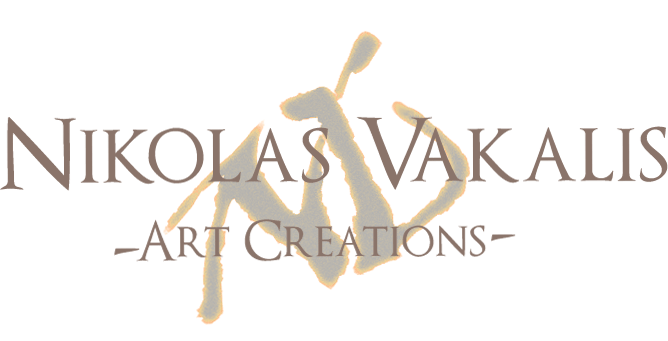
The Mut Temple Conservation Project project started in 2014, funded by the Qatar-Sudan Archaeological Project,
the Institute for Restoration-Italian Ministry of Cultural Heritage,
and the Institution National Corporation for Antiquities
and Museums (NCAM) of Sudan.
The project has involved setting up provisional measures to safeguard the
temple’s vestibule, chamber A, as well as scientific research and
restoration work on the wall paintings in the main chamber B.
I participated to the 2019 and 2020 missions.
The temple was partly built into and partly excavated from the sandstone face beneath the pinnacle of Jebel Barkal.
The Jebel Barkal, which is an Unesco World Heritage site since 2003, is an isolated sandstone butte 1km from the right bank
of the Nile and about 20 km downstream from the Fourth Cataract in Upper Nubia.
It has been a sacred mountain - called by the Egyptians "The Pure Mountain" - from 1500 BC.
The Mut Temple is located on the south side of the mountain and it has been built around 690 BC.
It was erected during the XXV dinasty by King Taharqa and dedicated
to the goddess Mut, the wife of Amun, who took on
the dual identity of the goddesses
Hathor and
Sekhmet.





Photo credit: Jacopo Russo







